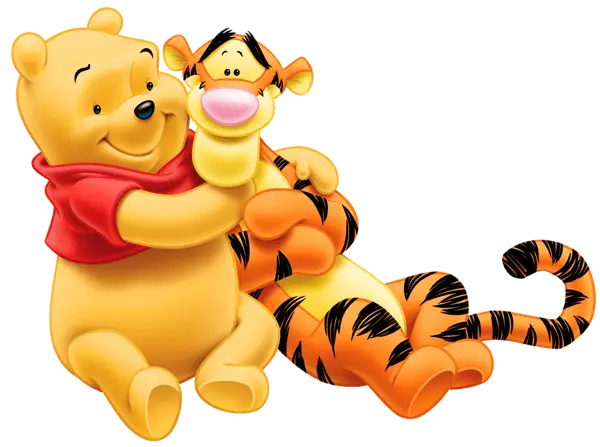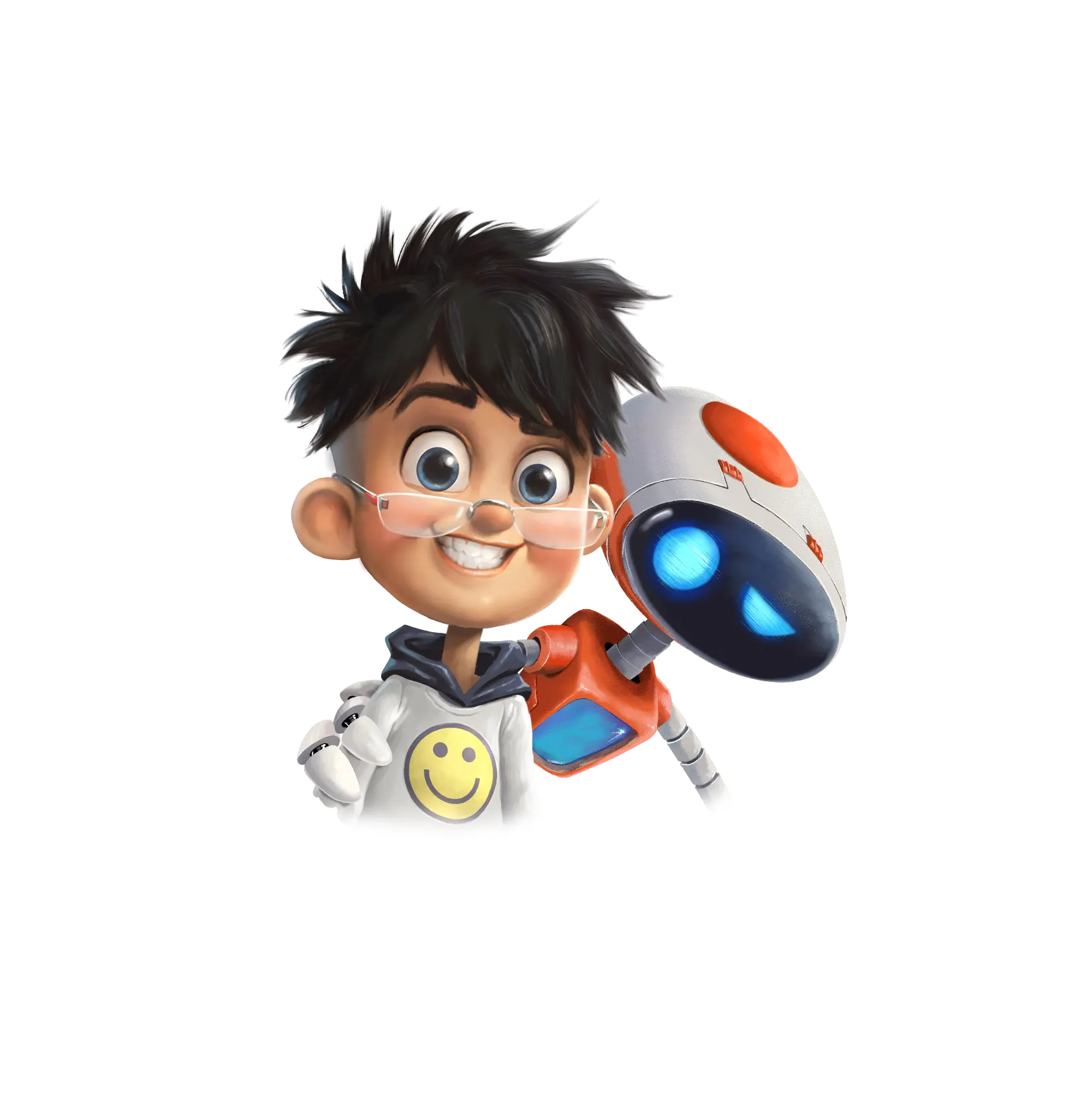Animation is a personality that brings fantasy to life and ships you to the world of fantasy. As a result, it has made the world operate in a manner that complex things happen in a simple and funny way before one realizes a huge task has been achieved in a simple way. The following are some of the importance of animation in today’s world.
To begin with, animation has made communication happen quickly and in an easy way. In the present world, the span of concentration of a human being has reduced. As a result, the shorter span of concentration of a person can easily come as a great problem that is quite difficult to escape. Nonetheless, with the help of these animated explainer videos, communication can easily be done without losing the vigor of the message.
Additionally, animation is important because it educates via entertainment. For a normal person, the first thing that echoes in the mind upon hearing the word animation is entertainment. Thus, it is exactly what happens when the videos are being made. As a result, best learning happens through animation more so in entertainment. Hence effectively done via animation services. As a result, creativity does not encounter any limit once the choice of animation is present.
Nonetheless, animation is important in that it has made it easy to transfer emotions effectively. Since computer graphics can capture and effectively utilize the aspects of the real-world setting, it equally can capture the imagination of the audience. As a result, even in the absence of sound and text, it is possible to communicate with sign language and showcase your personality and many other aspects. The use of animation in various fields is also effectively achieved.
Consequently, the animated explainer videos are easily transferable from one platform to another. This enhances the transfer of information to a large group of individuals within a short duration of time across different platforms.
It can therefore be concluded that with the presence of explainer videos in the world, there are many advantages and opportunities that have been realized. As a result, Prayan Animation Studio offers you an opportunity to get yourself a good quality animated explainer video for your business at a cost-friendly price from a well-experienced team. We are for you, Just a phone call away and get served by Prayan Animation Studio.


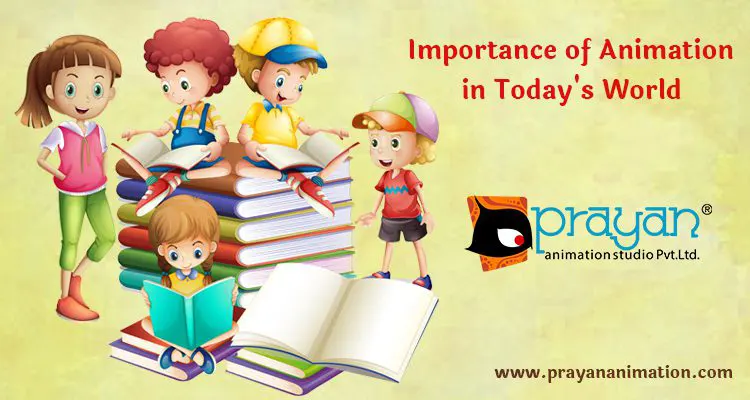
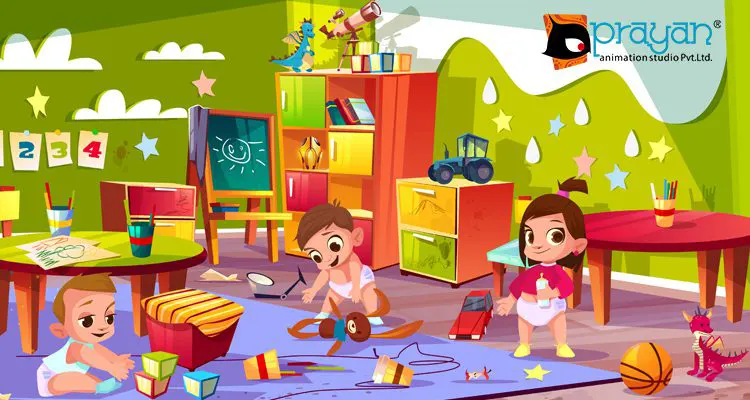
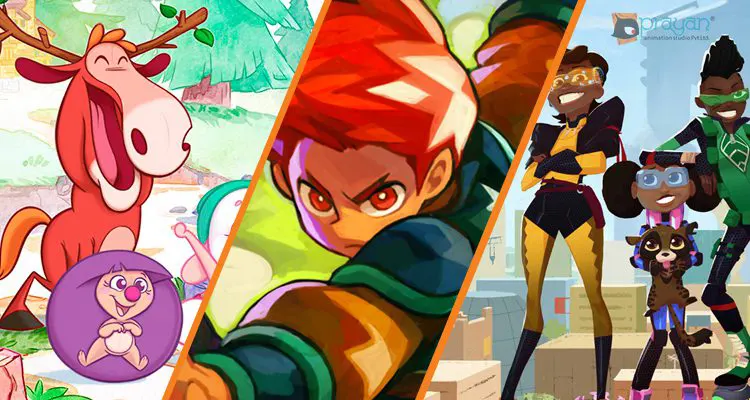
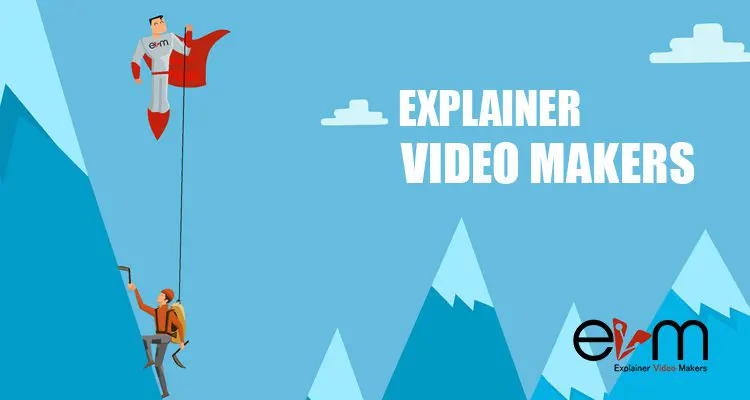
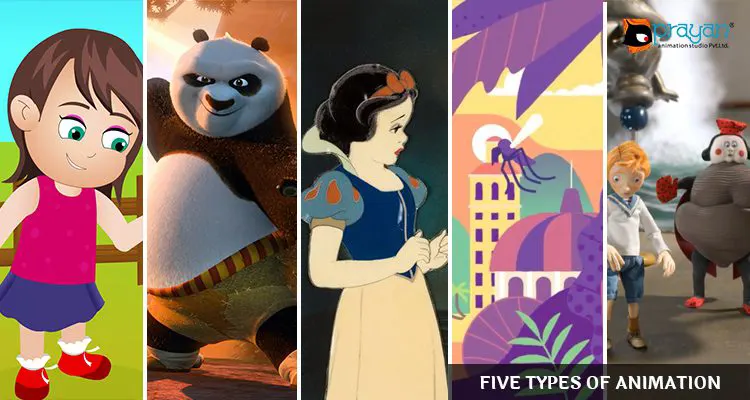
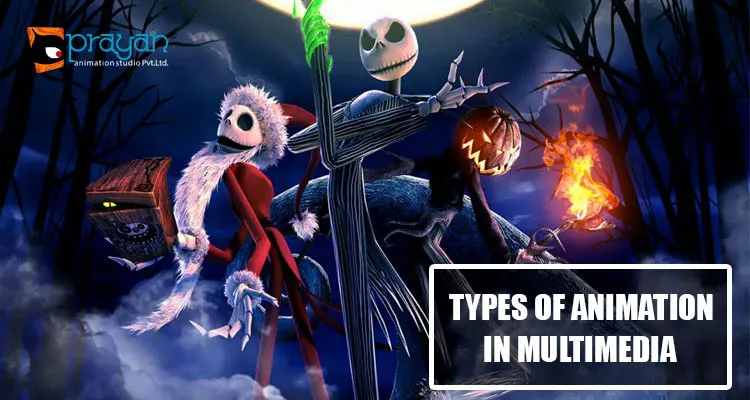

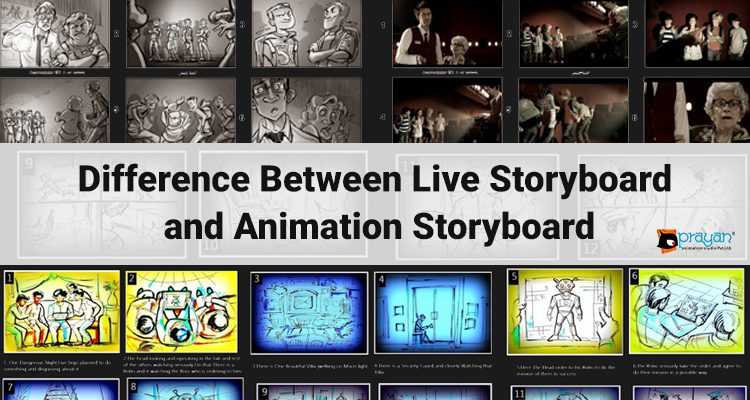




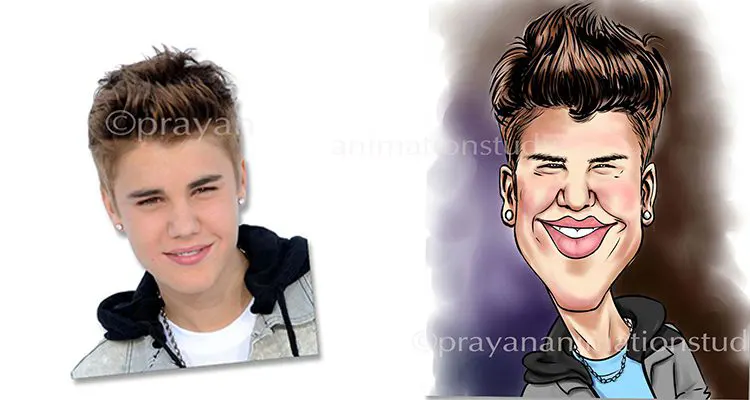

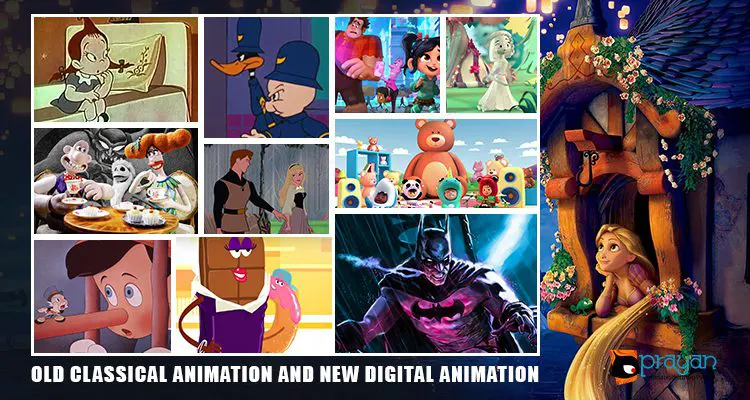
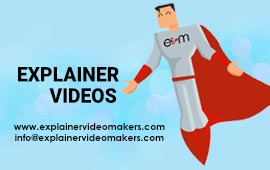
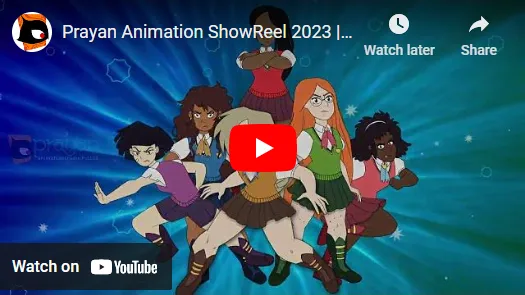

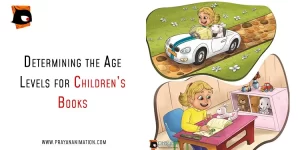
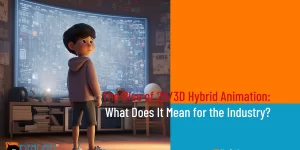


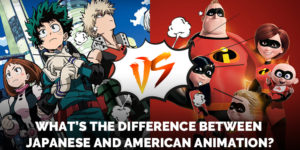
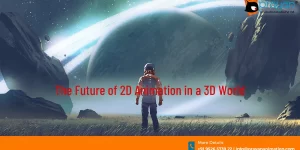



 We can help you.
We can help you. 

